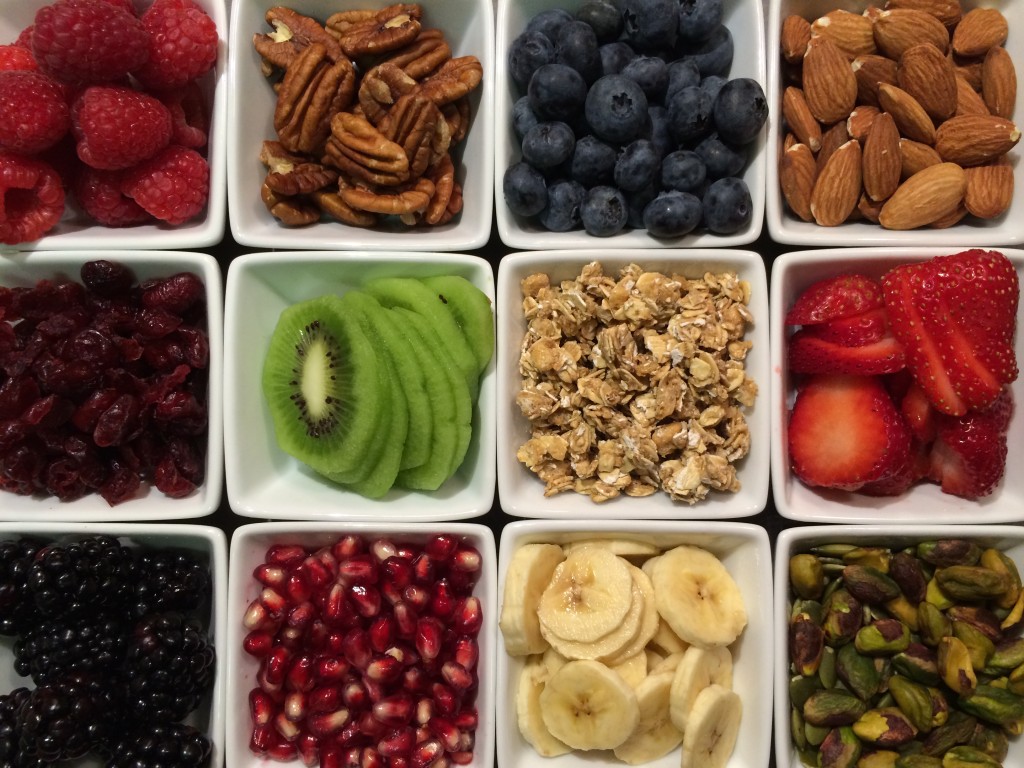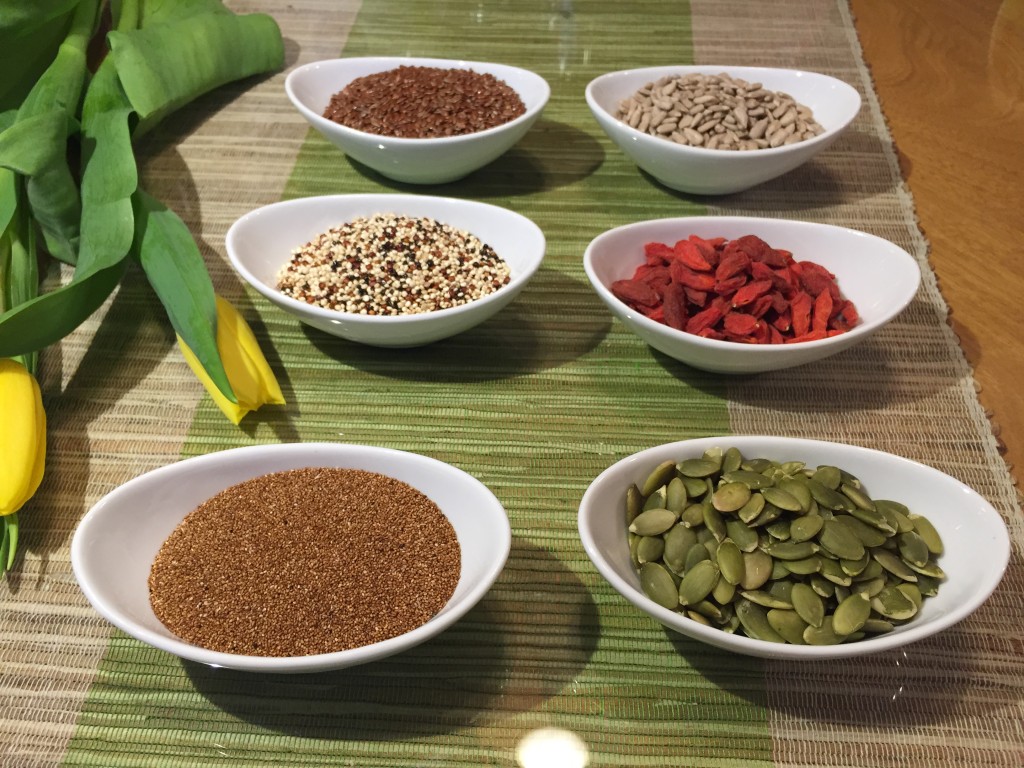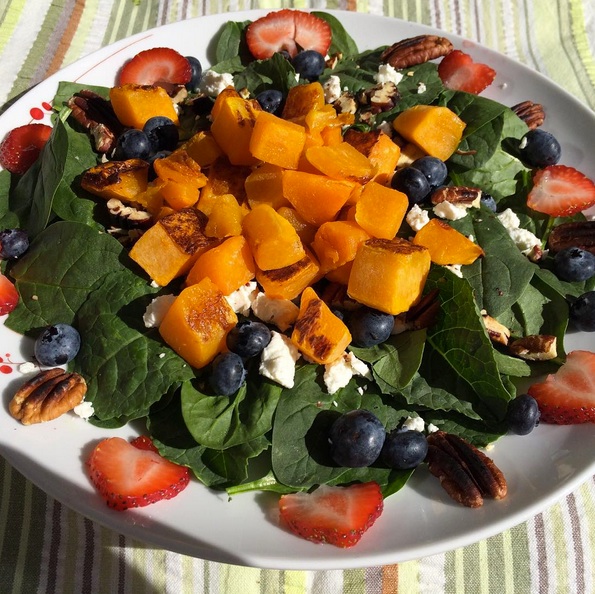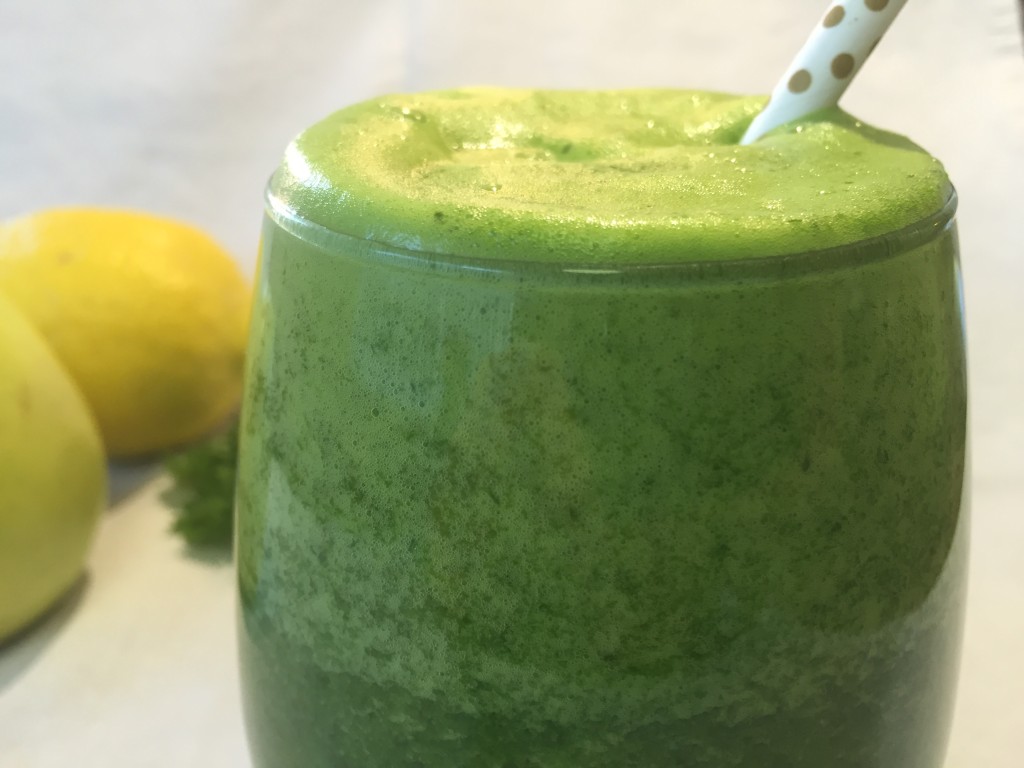Developing healthy eating habits is easy and doesn’t have to be confusing. The simplest steps to follow are to eat foods that are derived from plants such as fruits, vegetables, whole grains, and legumes. Here are our top 10 rules to follow when trying to build a healthy lifestyle.
1.Keep an Eye on Portions
Portion control is the key. Don’t order anything that’s been “supersized.” When reading food labels, check serving sizes: some relatively small packages claim to contain more than one serving, so you have to double or triple the calories, grams of fat and milligrams of sodium if you’re planning to eat the whole thing.
2.Eat Plenty of Produce
Aim for 2 cups of vegetables and 2 cups of fruit a day, for a 2,000-calorie diet. Include green, orange, red, blue/purple and yellow produce. The nutrients, fiber and other compounds in these foods may help protect against certain types of cancer and other diseases. Legumes, rich in fiber, count as vegetables, though are moderately high in calories. Choose whole fruits over juice for more fiber.
3.Get More Whole Grains
At least half your grains should be whole grains, such as whole wheat, barley and oats. Whole grains retain the bran and germ and thus all (or nearly all) of the nutrients and fiber of the grain. Look for a product labeled “100% whole wheat” or “100% whole grain.”
4.Enjoy More Fish and Nuts
Nuts, fatty fish, avocados and vegetable oils supply healthy unsaturated fats. Recent research suggests these foods, though high in calories, tend not to promote weight gain because they are satisfying. Still, it’s best to eat them in place of other high-calorie foods. Fatty fish helps reduce heart disease risks and has other benefits, largely because of its omega-3 polyunsaturated fats.
5.Cut Down on Animal Fat
Saturated fats, especially from red meat and processed meat, boost LDL “bad” cholesterol. To limit your intake, choose lean meats, skinless poultry and nonfat or low-fat dairy products. It’s also a good idea to replace saturated fats with “good” fats, found in nuts, fish and vegetable oils, not with refined carbohydrates such as white bread and snack foods.
6.Curb your Cholesterol Consumption
Cholesterol is found only in animal foods, such as meat and eggs. The American Heart Association recommends that healthy people limit cholesterol intake to 300 milligrams (mg) a day. For those with heart disease, diabetes, undesirable cholesterol levels or other coronary risk factors, the limit is 200 mg.
7.Watch your Calcium and Vitamin D
These are vital for bone health. Get calcium from low-fat or nonfat dairy products and fortified foods such as some orange juices and soy drinks. If you can’t get 1,000 to 1,200 mg a day from foods, take a calcium supplement. It’s hard to consume enough vitamin D from foods, and getting it from sunlight is risky. Many people—especially those who are over 60, live at northern latitudes or have darker skin—may need a D supplement (800 to 1,000 IU a day).
8.Choose Food over Supplements
Supplements cannot substitute for a healthy diet, which supplies countless other potentially beneficial compounds besides vitamins and minerals. Foods also provide the “synergy” that many nutrients require to be efficiently used in the body. Still, for many people a basic multivitamin/mineral pill can provide some of the nutrients they may fall short on.
9.Be Aware of Liquid Calories
Beverages supply more than 20 percent of the calories in the average American’s diet. Some liquid calories come from healthy beverages, such as milk and 100 percent fruit juice. But most come from soda and other sweetened beverages and alcoholic drinks, which have lots of calories yet few, if any, nutrients. Soft drinks are a major source of sugar and calories for many Americans, especially children. Though juice is more nutritious than soft drinks, it’s also high in calories, so most people should drink no more than one cup a day.
10.Limit Alcohol
If you drink, do so in moderation. That means no more than one drink a day for women, two a day for men. Older people should drink even less. A drink is defined as 12 ounces of beer, 5 ounces of wine, or 1½ ounces of 80-proof spirits. While alcohol in moderation has heart benefits, higher intakes can lead to a wide range of health problems. Even moderate drinking impairs your ability to drive and may increase the risk of certain cancers











